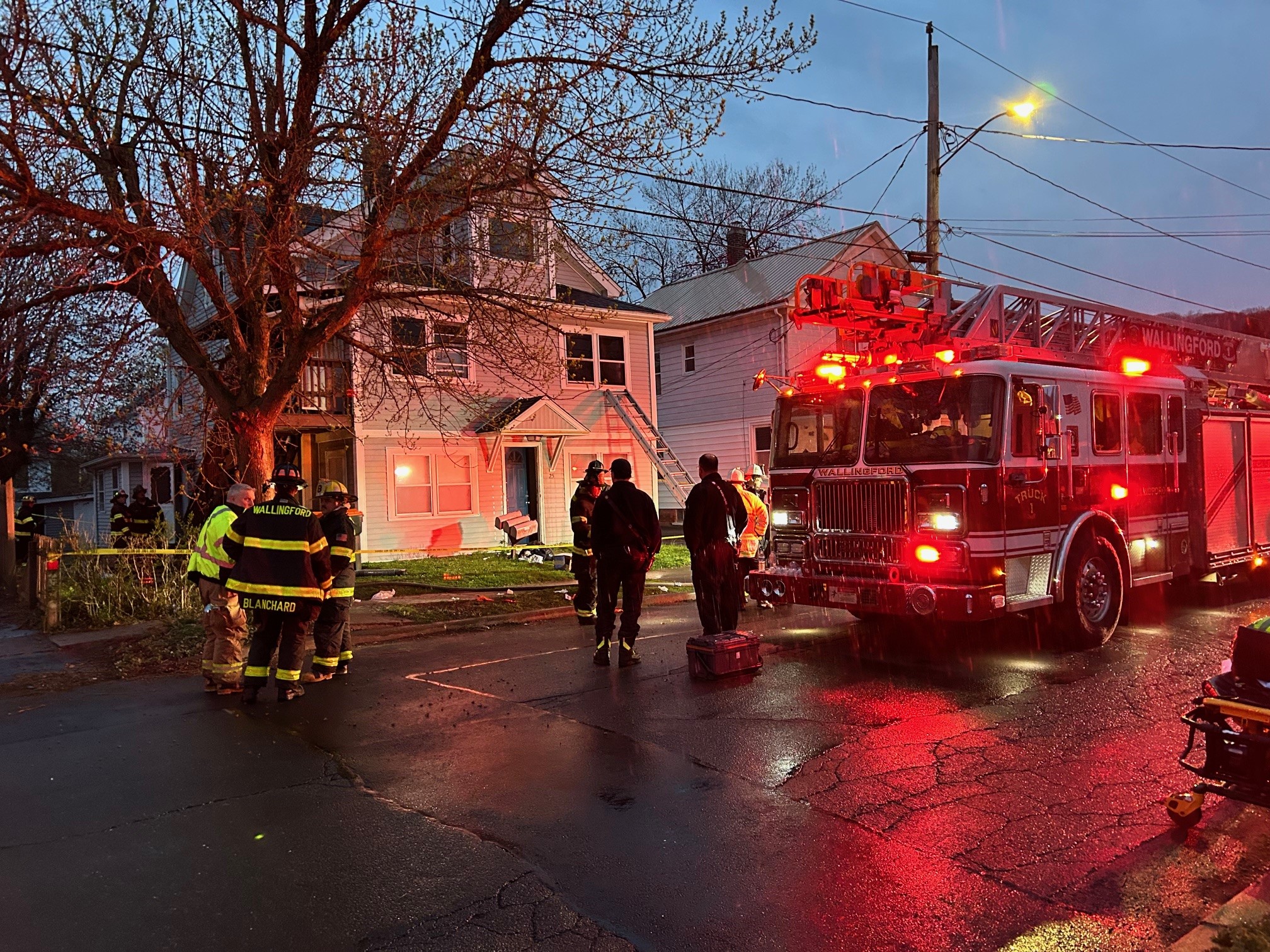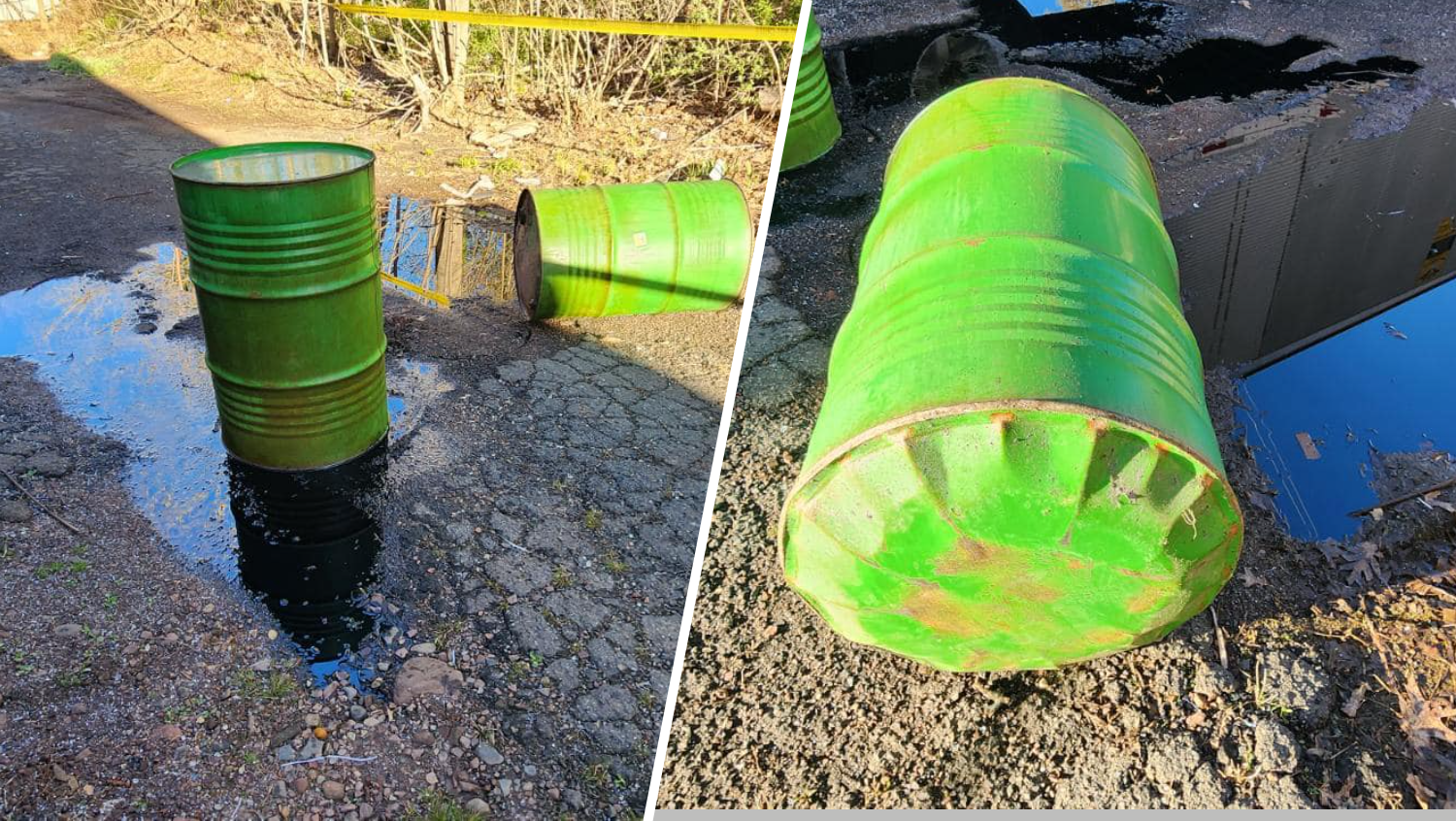Videos taken inside the state's two juvenile detention centers show staff members forcefully taking children down, subduing them and placing them alone in padded rooms.
Child Advocate Sarah Eagan had the videos posted Tuesday on her office's website as part of an investigation that found unlawful and repeated use of restraints and isolation at the facilities. They show incidents at the Connecticut Juvenile Training School for boys and the adjacent Pueblo Unit for girls in Middletown, which are both run by the state Department of Children and Families.
An investigation report released by Eagan's office in July found that boys and girls were repeatedly mistreated at the facilities, while officials didn't adequately prevent youths from attempting suicide or injuring themselves.
The videos, and similar ones posted on DCF's website, offer the first public glimpse of the conditions described by the child advocate's office and a juvenile justice expert who recommended improvements at the facilities. DCF officials say a number of improvements already have been implemented based on the expert's findings, including ending the use of face-down restraints.
The release of the videos prompted new calls by children's advocacy groups for the state to find better ways to house and treat troubled delinquents, many of whom have mental illness. Some have called for the closure of the training school.
"Restraint is a counterproductive way to address most adolescent behaviors — and not a therapeutic or effective approach for young people who are trauma survivors," several advocacy groups said in a statement Tuesday. "Restraint and isolation are the tools of a correctional environment, which can never be an appropriate place for children."
The statement was released by the Center for Children's Advocacy, Connecticut Juvenile Justice Alliance, Keep the Promise Children's Committee, NAMI-Connecticut, National Juvenile Justice Network and Youth First!
Local
Several videos show multiple staff members taking down boys and girls to the floor and restraining them. Some videos show juveniles being left alone in padded rooms.
One video shows staff members restraining a girl on the floor for more than 10 minutes after she refused to go back into her room. The girl, who had a broken wrist, screamed, "My hand!" In an empty cell, the girl tied her shirt around her neck and her face turned bright red before staff members removed the shirt.
The child advocate's report said there were at least 532 physical restraints and 134 uses of mechanical restraints such as handcuffs and leg shackles at the two detention centers for the yearlong period ending July 1. The report said that while state law limits the use of restraints to prevent immediate or imminent injury to the person or others, videos and incident reports showed that restraints were repeatedly used for behavior management.
The report also found more than two dozen documented acts of youths trying to injure themselves at the two centers between June 2014 and February 2015.
DCF Commissioner Joette Katz told state lawmakers last month that many improvements had already been made or were underway at the two secure detention centers, where some juveniles are placed after being deemed delinquent and committed to DCF custody.
DCF said in a statement Tuesday that it has ended the use of face-down restraints, limited the use of mechanical restraints including handcuffs and shackles and taken steps to prevent restraint and seclusion.
"We are now implementing additional comprehensive action steps that will significantly improve the care and treatment of the youth at both the boys and girls programs while also reducing the use of interventions that we all want to avoid," the DCF statement said.



